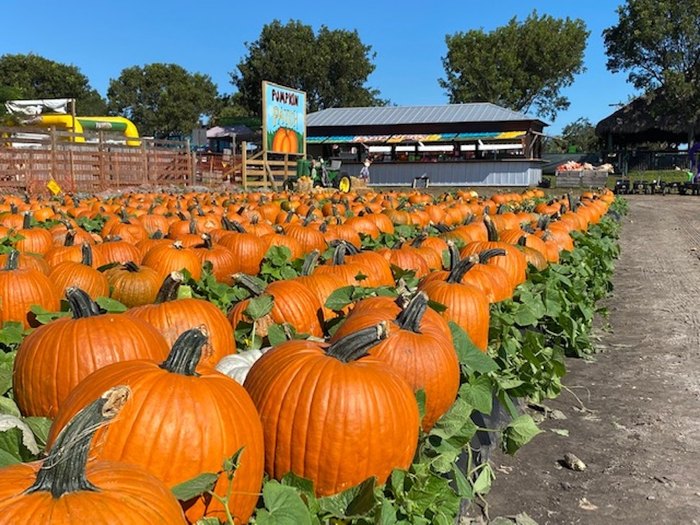By Litzi Aguilar

As we draw nearer to one of the most celebrated holidays in America, it is good to look back on the origins and history of the popular holiday during October. Not much is known about the Celts because they kept no written records of their history and traditions. What is most commonly known as its origin dates from 2,000 years ago, in the area now known as Ireland, the United Kingdom, and northern France. November 1 was their version of New Year’s, marking the end of summer and the beginning of winter, which was heavily associated with death and harvest.
It was believed that during the night of October 31, the invisible boundary between the world of the living and the dead weakened and allowed the ghosts of the dead to return to the land of the living. This tradition was the festival of Samhain, where people would light bonfires and wear costumes to confuse the spirits. It was also a time when legal trials were held, and those convicted of gruesome crimes were sacrificed.
One important aspect of the tradition was the extinguishing of the bonfires. Druids, or the priests among Celts, would create a large bonfire known as a “needfire”, which was blessed by the Druids. Fees were collected, and the embers were distributed to relight the hearths of people’s homes.
By A.D. 43, two Roman festivals were combined with the celebration of Samhain. The first was called Feralia, meant to commemorate the passing of the dead, and the second was to honor Pomona, the Roman goddess of fruit and trees.
This tradition was later influenced and replaced by All Souls’ Day, with influence from Christianity to honor the dead. It had a similar celebration with bonfires and costumes. It was also called All Saints Day, or All-Hallows Eve, which was later renamed Halloween. Halloween became most popular in the southern colonies and Maryland from Europe to America due to the Catholic population. However, it was not widely celebrated during the country’s early days due to Protestant belief systems.
It was during the mid-nineteenth century, when Irish and Scottish immigrants fled their home countries due to the potato famine, that they brought their own customs and were able to popularize the holiday into what it is now.
It took many years and the mesh of different beliefs and traditions to eventually form the modern-day version of Halloween. Throughout the years, this version of Halloween became more about child-friendly neighborhood celebrations than its original superstitious nature. Because of its commercial success, it was ranked second after Christmas. Its influence has spread into the film industry, creating a long history of box office hits like “Hocus Pocus” and “The Nightmare Before Christmas” and horror classics like the “Halloween”, “Nightmare on Elm Street”, and “Terrifier” franchise.
Though the intentions of Halloween have changed over time, the relationship modern-day people have with the holiday has allowed them to celebrate death in various, acceptable ways to feed their morbid curiosity and alleviate the fear of the dead to live to their fullest.

